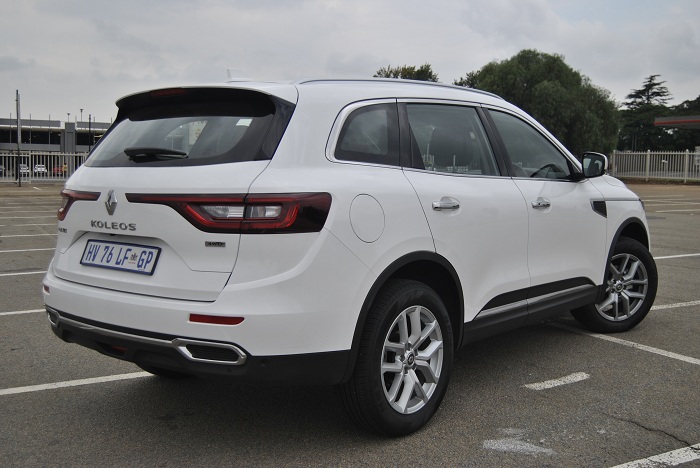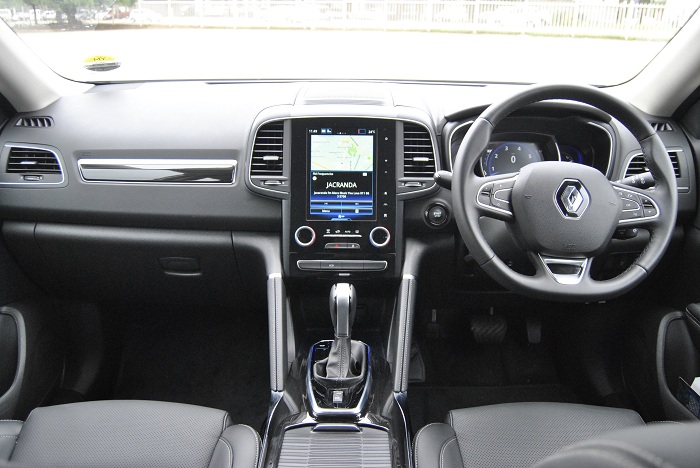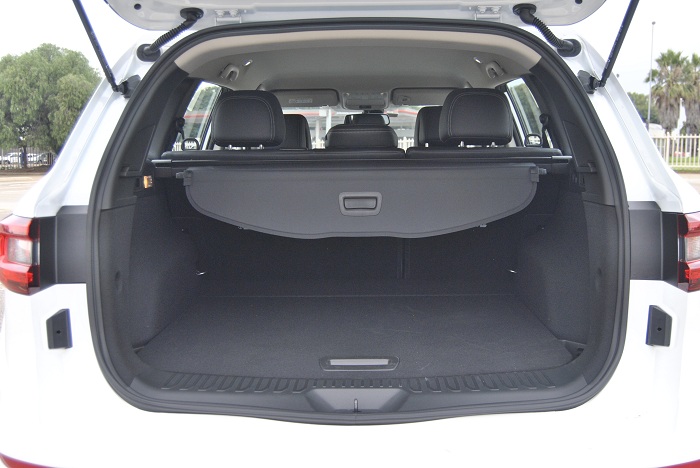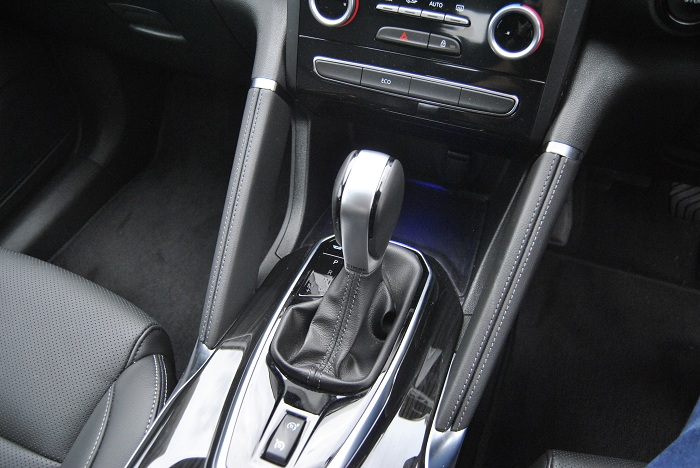On the comeback
Replaced by the Kadjar soon after, the Koleos was unexpectedly thrust back into the spotlight last year following alleged supply problems that had resulted in the Kadjar being curiously absent from the monthly NAAMSA sales reports since January.
Adding further fuel to the fi re was the spotting of two Koleos’ in Johannesburg in the preceding months, which were described as ‘homologation’ models by Renault instead of the Boulogne-Billancourt automaker confirming outright that the nameplate had indeed returned.
Fast forward to 2019, the Koleos has officially broken its three year hiatus with the South Korean built model not only leapfrogging the Kadjar in terms of segment, but heading more upmarket as it aims to take on the likes of the Volkswagen Tiguan, Mazda CX-5, Hyundai Tucson, the all-new Toyota RAV4 and the model on which it is based, Alliance partner Nissan’s X-Trail.
In what can only be described as differing from its predecessor like day-and-night, the Koleos made its intentions known from the off when a Solid White Dynamique 4WD model recently arrived for the customary seven-day stay.
Nothing like French flair
Developed at a time when Renault had made the decision to go premium, the Koleos’ new attire is striking and aggressive, to say the least, with the overall look being modelled on that of the Talisman sedan and the Espace MPV sold in Europe.
Styled by Laurens van den Acker, the Koleos combines the automaker’s signature C-shaped daytime running LEDs that cuts into the front bumper and angular Pure Vision LED headlights, with a chrome grille that houses the diamond logo, smart looking 18-inch Taranis alloy wheels and at the rear, oval tipped, chrome faux exhaust outlets and Megane derived full-width LED taillights.
Familiarity of the inside
The expectation created by the exterior falls a bit flat when you open the door that reveals an interior similar in design to that of the Megane, although the Koleos takes this a step further with upgraded touch points and more use of piano key black and silver inserts.
Headlined by the portrait-style R-Link2 touchscreen infotainment system that measures 8.7-inches, the interior’s look is further complemented by an all-digital instrument cluster, comfortable leather seats with white stitching, a grippy three-spoke multifunction leather steering wheel and a deep smartphone recess below the facia. Admittedly though, some of the materials exhibit a cheap feel, but the overall fit-and-feel is otherwise plush.
Space and specified to the max
As mentioned, the Koleos shares its CMF platform with the Nissan X-Trail and by measuring 4 670 mm, lacks for nothing in the space department. As well as excellent front head-and-legroom, space in the rear is ample with the airy feel being further reinforced by two air vents and Aux inputs. Along with a number of storage areas, the boot is especially impressive at 464-litres, though with the rear seats folded down, it grows to a very handy 1 795-litres.
Being the range-topping model, the Koleos lacks for very little in the specification department, with features such as an Arkamys 3D sound system, satellite navigation, Bluetooth, Apple CarPlay, Android Auto and USB, dual-zone climate control, electric front seats, folding electric mirrors, ambient lighting, front and rear parking sensors with a reverse camera, Hill Start Assist, tyre pressure monitor and Blind Spot Monitoring.
Drivetrain drops the ball
Pushing the starter button, however, it becomes clear that the Koleos’ biggest attention splitter resides up front where Renault has, for now, outfitted it with a 2.5-litre petrol engine from its Alliance partner. Punching out 126 kW and 233 N.m of torque, the unassisted four-cylinder is teamed to a CVT that has been designed to mimic the workings of a torque-converter automatic.
It is an all-too-familiar story in that the ‘box is smooth and seamless in the confines of traffic or cruising, but becomes prone to the usual CVT drone when you flatten the accelerator as it attempts to make something out of the meagre torque output.
The bulking drivetrain is an unfortunate addition the Koleos could have done without, especially as comes with a compliant and absorbing ride, as well as impeccable levels of refinement.
In the case of the all-wheel drive with its 210 mm of ground clearance, Nissan’s All Mode 4x4-i system with three modes; 2WD, 4WD Auto and 4WD Lock is offered, though chances are that the Koleos will spend the majority of its days on the black stuff. In terms of fuel consumption, the weeklong stint resulted in a best of 8.9 L/100 km, not far from Renault’s 8.3 L/100 km claim.
Conclusion
Its disappointing drivetrain aside, it goes without saying that the Renault Koleos has signalled its return in the most profound way possible by combining elegance and quality with a long list of standard kit some of its rivals will do anything for.
The deal clincher though is the price which, at R479 900, makes it a fantastic value-for-money proposition. However, if you can do without all-wheel drive, opt for the Dynamique two-wheel drive that comes with an R40 000 credit.




















